The Bahr al-Hayat is an extraordinary Persian manuscript that holds profound significance in the realms of yoga and spiritual practices. Dating back to 1602CE, this manuscript serves as a gateway to the past, offering valuable insights into the art of yoga and illuminating the path towards self-realization. It is the work of Muhammad Ghawth, a notable figure in the realm of spirituality and Sufism. This article looks at how Muhammad Ghawth Gwaliyari imparts timeless wisdom and knowledge, providing seekers with a treasure trove of guidance on their spiritual journey in the Bahar-al Hayat.
About the Book:
The Bahr al-Hayat, meaning "Ocean of Life" in English, is revered as one of the oldest surviving manuscripts on yoga. The true identity of the manuscript's author remains shrouded in mystery, adding an air of intrigue to its origins. Nonetheless, the Bahr al-Hayat gained widespread recognition within spiritual and yogic circles due to its profound insights and comprehensive approach to the practice of yoga. In 1210 CE, Amṛtakuṇḍa, a text from Bengal, was translated into Persian and subsequently into Arabic, titled Hawd ma'al-Hayat or ‘The Pool of the Water of Life’. The translation process and the subsequent development of the text into Bahr al-Hayāt involved complex theories and events. While Bahr al-Hayāt drew upon pre-existing treatises, it was not a mere translation but underwent significant additions by its composer, making it a unique composition in its own right.
Bahr al-Hayāt is structured into ten chapters, each dedicated to exploring a different theme namely:
- On the knowledge of the microcosm
- On the influences of the microcosm and its knowledge
- On the knowledge of the heart, including its substances, desires, manifestations, hidden things, and the nature of its reality
- On the knowledge and quality of discipline (riyāżat), including yogic āsana postures, and its various states
- On the knowledge of the creation of humanity, the different types of breath, and their substances
- On the knowledge of the character of the body and its substances
- On the knowledge of the imagination
- On the description of the corruption of the body and the appearance of signs of death
- On the subjugation of spirits
- On the story of the creation of the world
Within its pages, it portrays a yogi engaged in various physical postures, encompassing a total of 22 asanas. The book provides both written descriptions and accompanying illustrations of these postures, including notable ones such as Gorakshasana, Kukkutasana (referred to as Thamba āsana), Kurmasana (the turtle pose), Uttana Kurmasana (referred to as Vajrasana), the yoga headstand, and Garbhasana (the embryo in the womb pose). The Bahr al-Hayāt also touches upon other yogic practices, such as the seated asanas Padmasana and Siddhasana. Additionally, it delves into the techniques of khecarī mudrā, which involves the elongation and folding back of the tongue to seal the nasal passage, as well as Anahad, the practice of blocking the ears to perceive the unstruck sound of the eternal.

Painting of yoga asana Virasana in Persian 1602
The manuscript not only presents the physical postures of yoga but also offers detailed instructions on how to perform them correctly and the benefits associated with each asana. It emphasizes the importance of alignment, mindful movement, and breath awareness in order to optimize the physical and energetic effects of the postures. It elucidates different breathing techniques aimed at purifying the body, balancing the subtle energy channels, and calming the mind. The manuscript emphasizes the intimate connection between breath and consciousness, illustrating how the mastery of breath can lead to profound states of awareness, expanded consciousness, and a deeper connection with the divine.
The book also delves into the philosophical underpinnings of yoga, addressing fundamental questions about the nature of reality, the self, and the ultimate purpose of human existence which can be seen in the title names. Drawing upon various philosophical traditions, including Sufism, Advaita Vedanta, and Persian mysticism, this specific manuscript provides a comprehensive framework for understanding the profound metaphysical dimensions of yoga.
There also similarities between yoga and Sufism are evident in the works of Ghawth, who presents yoga and Sufism as highly comparable. One notable parallel is the correlation drawn between the seven Sanskrit mantras associated with the seven chakras in yoga and certain Arabic names of God in Sufism. For instance, the mantra "so ham" (सो ऽहम्, meaning "I am That") which is recited unconsciously during the breath, is equated to the Arabic phrase "rabb al-arbab," translating to "the Lord of Lords." Furthermore, Ghawth establishes connections between prominent figures from both traditions. He equates the Hindu sage Matsyendranath, whose name signifies "Lord of Fishes" in Sanskrit, with the biblical character Jonah, who is famously swallowed by a giant fish. This exemplifies Ghawth's propensity to draw parallels between figures and concepts in yoga and Sufism.
References:
- Parikh, R. (2015). Yoga under the Mughals: from practice to paintings. South Asian Studies, 31(2), 215-236.
- Sakaki, K. (2005). Yogico-tantric Traditions in the Hawd al-Hayat. Minamiajiakenkyu, 2005(17), 135-156.














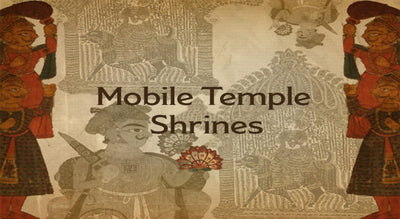
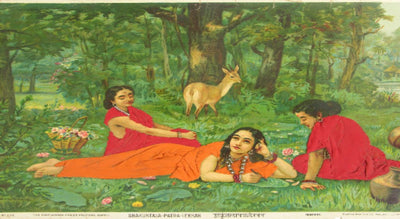
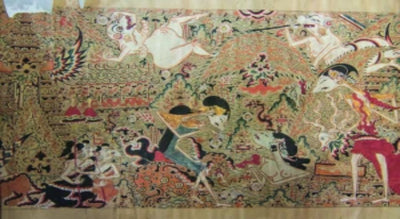
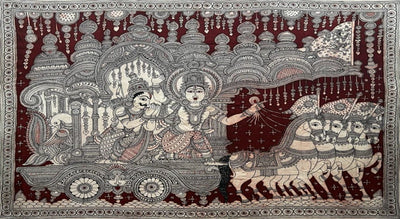
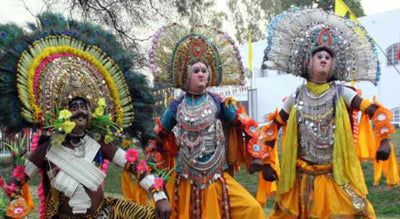
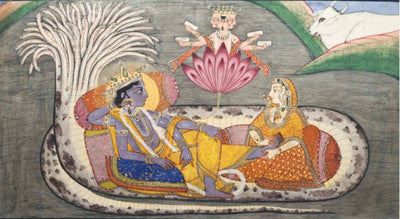
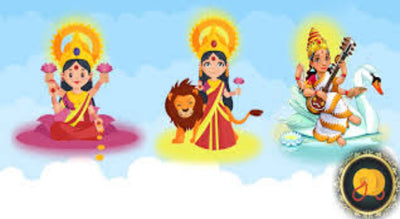
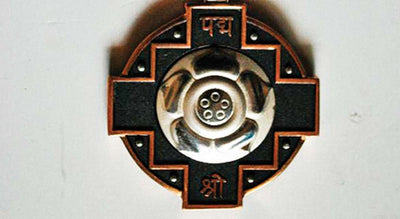

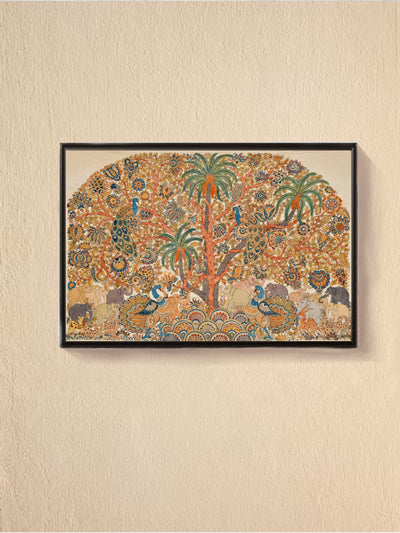







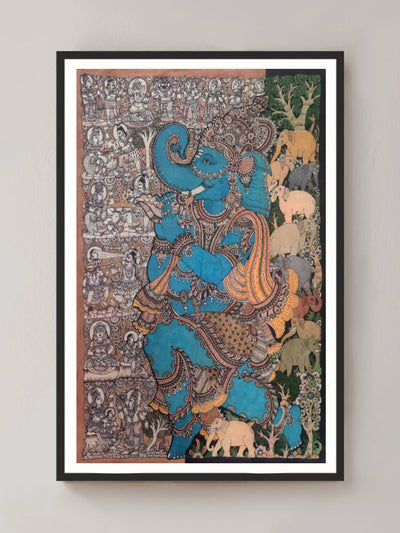








0 comments